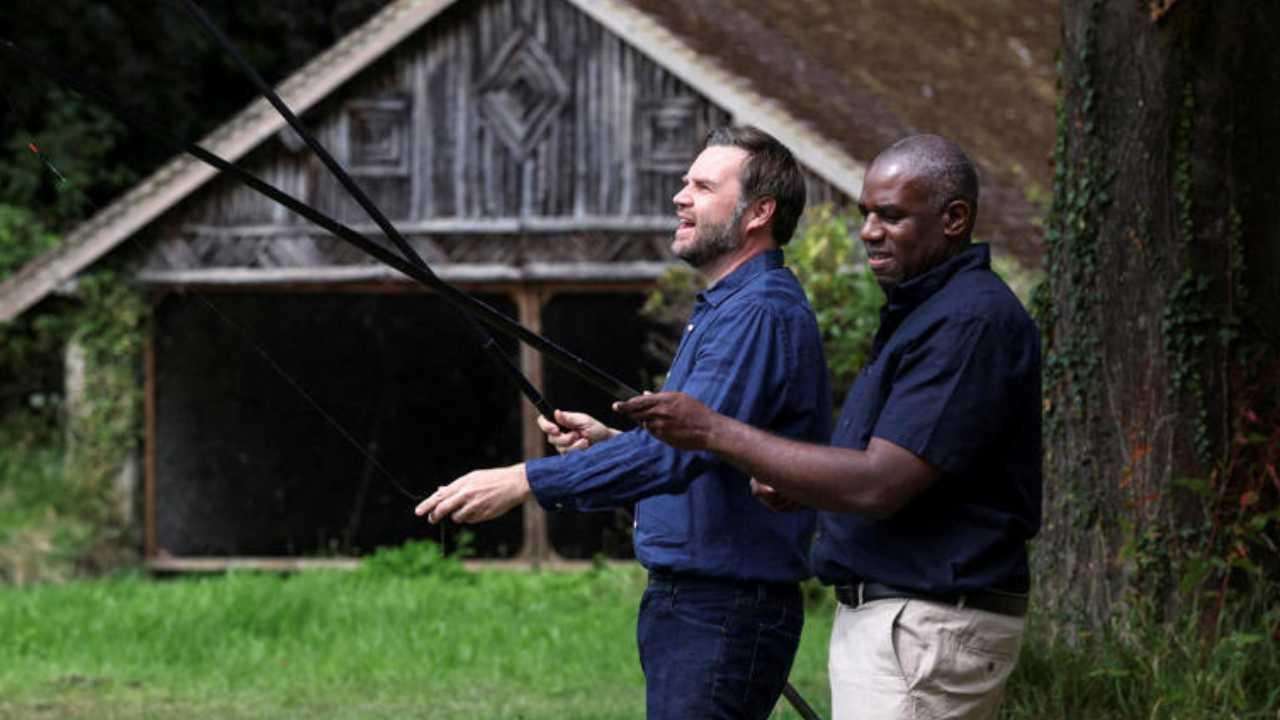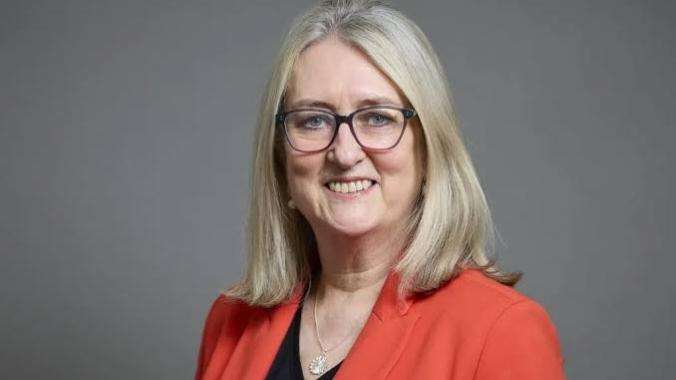Citizen-led river quality testing will expand this year, aiming to incorporate findings into official waterway monitoring, according to the head of an independent environmental research group.
Thousands of volunteers have embraced testing for pollutants like phosphates, nitrates, and other chemicals. In 2024, over 7,000 people joined two river-testing "blitzes" organized by Earthwatch Europe. Using standardized equipment provided by the NGO and Imperial College London, the initiative gathered data from nearly 4,000 freshwater sites across the UK.
The testing highlighted pollutants from water companies and agricultural runoff, which are harming river ecosystems.
Sasha Woods, Earthwatch’s director of science and policy, emphasized the urgency of turning awareness into action.
“We’re at a tipping point for freshwater quality. This year feels like the moment we start moving in the right direction,” said Woods. She hopes to see citizen science data included in official monitoring reports, showcasing where problems lie and identifying solutions.
Woods highlighted that citizen science can cover far more sites than regulators like the Environment Agency (EA). By March 2025, the EA plans to gather 4,000 freshwater data points, but Woods noted that Earthwatch achieved similar results in just two weekends.
The October river blitz, in partnership with Imperial College London, expanded to test chemicals like antibiotics, painkillers, and pesticides. Analysis revealed some pollutants exceeded safe levels for aquatic life.
Results from three days of testing by 4,531 volunteers showed 61% of UK freshwater sites were in poor condition due to high phosphate and nitrate levels, primarily from sewage and agricultural runoff. England fared worst, with 67% of samples indicating poor water quality.
In lower-income countries where water testing capacity is lower than in developed nations, citizen science is being used increasingly as part of official monitoring. In Sierra Leone and Zambia, data gathered from citizen science is being used along with national regulatory monitoring to feed into UN sustainable development targets.
Woods said as well as providing robust data, citizen science was powerful because it educated and empowered individuals about the river and freshwater environment. The data gathered by the river blitzes is analysed and compiled into a public report to create a snapshot of freshwater across the UK. It allows the public and NGOs to challenge water companies and the agricultural sector, to provide the Environment Agency with information on rivers it does not monitor and to inform the Office for Environmental Protection of any activities that are suspicious or illegal.
The first of two UK water blitz testing weekends this year will take place on the weekend of 26 April. Woods said the aim was to make this the biggest data collection yet. “Each time we run a blitz we double the number of participants, so we are aiming for 10,000 people to take part and to increase the sites tested to at least 5,000.”








.svg)




